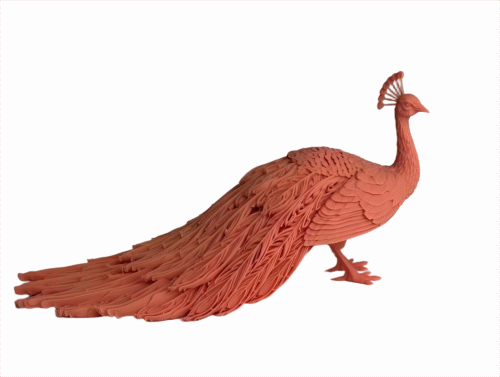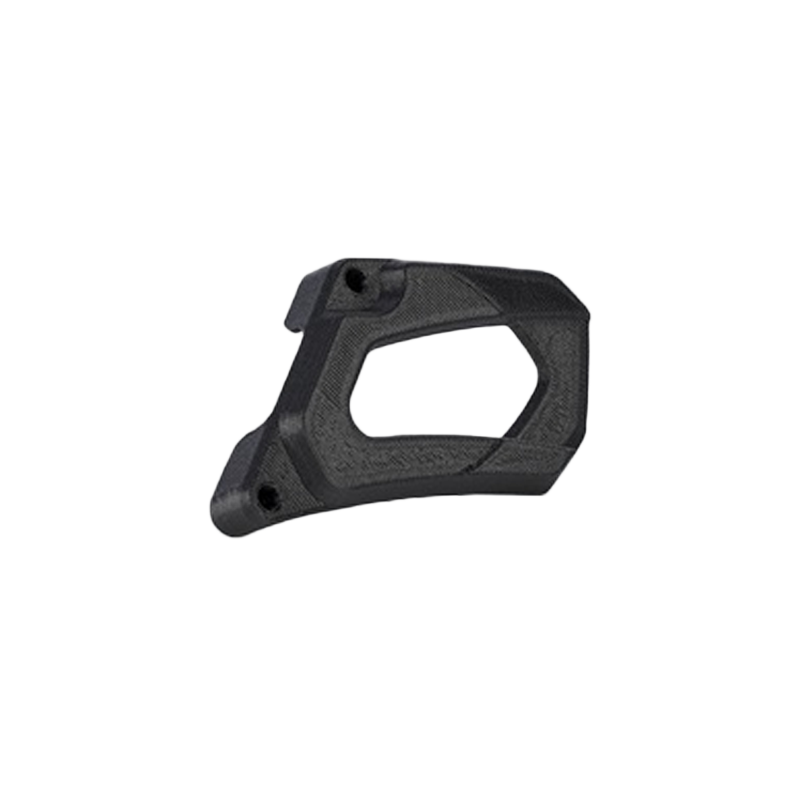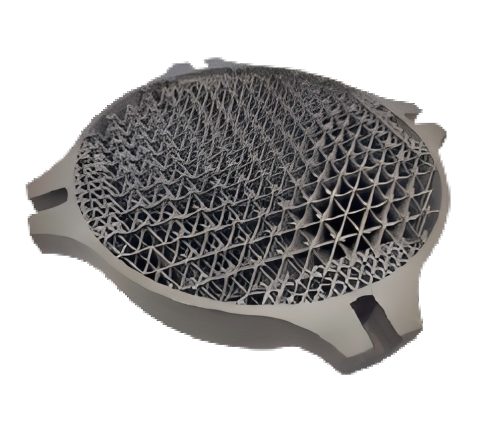Compare 3D Printing Materials
Explore and compare 3D printing materials to find the best fit for your project. From durable plastics to flexible resins, our guide highlights key properties like strength, flexibility, and surface finish, helping you choose the right material for prototyping, production, or custom parts.
Red wax
Process: DLP
High Precision, Smooth Surface
Wax materials are a special type of material commonly used in 3D printing, primarily applied in rapid prototyping and precision casting. They offer excellent flowability and moldability, allowing for high-precision detail during the printing process. Red wax, in particular, has a vivid color, usually deep red, hence the name “red wax.” One of its key features is its ability to melt quickly when heated, facilitating subsequent casting processes, making it especially suitable for jewelry, art sculptures, and the manufacture of complex mechanical parts.
In addition, red wax materials have moderate hardness and a smooth surface, requiring minimal post-processing after printing, which helps maintain the accuracy and surface quality of the print. Because it can be melted at high temperatures, it is also commonly used in the “lost wax casting” process, playing a crucial role in precision casting.
PLA
Process: FDM
Durability, Biodegradable, RichColors, Economical
PLA is a high-quality, high-performance, and cost-effective 3D printing material, offering excellent layer adhesion and impact resistance, resulting in durable and long-lasting prints. The base series comes in up to 30 colors, ensuring uniform color consistency and stable printing quality. PLA is made from renewable plant-based resources, eco-friendly, non-toxic, and biodegradable. It is reliable, easy to use, and provides high cost-performance with a wide range of colors, making it an ideal choice for home, education, and industrial printing.
Ceramic-Like
Process: SLA
Heat Resistance, Strength, Stiffness
The high-temperature reinforced ceramic white combines exceptional heat resistance with outstanding strength and stiffness, making it an ideal choice for functional parts and high-performance prototypes. Post-curing further enhances its mechanical properties and thermal stability, providing reliable performance for complex geometries. Whether for aerospace, precision molds, electronic insulators, or laboratory equipment, this ceramic material meets the highest standards under demanding conditions, delivering solid support for innovative designs and high-performance manufacturing.
Titanium
Process: SLM
Temperature Resistance, Corrosion Resistance, Strength, Lightweight
3D printed titanium alloys, represented by Ti6Al4V, feature extremely high specific strength and excellent corrosion resistance, while being lightweight and tough. They enable the creation of complex geometries and topology-optimized designs through additive manufacturing, and are widely used in aerospace, medical implants, automotive, and high-performance sports equipment. Titanium alloys also offer good high-temperature performance and biocompatibility, making them an ideal choice for manufacturing high-performance, lightweight components.
Disadvantages: Poor heat resistance (maximum 120°C); surface roughness around Ra10, with slight pits and visible layer texture.Aluminum
Process: SLM
HighStrength, CorrosionResistant, Lightweight
3D printed aluminum alloys, represented by AlSi10Mg and other aluminum-silicon-magnesium alloys, combine lightweight characteristics with excellent mechanical properties. They offer an outstanding strength-to-weight ratio, good corrosion resistance, and thermal conductivity, and demonstrate excellent fatigue and fracture resistance after heat treatment. The material is easy to form, weld, and machine, making it ideal for aerospace, automotive, and tooling applications where lightweight design and structural complexity are critical. Finished parts are typically shot-peened for surface treatment. If you require any other post-processing, please inform our customer service clearly.
Disadvantages: Poor heat resistance (maximum 120°C); surface roughness around Ra10, with slight pits and visible layer texture.






